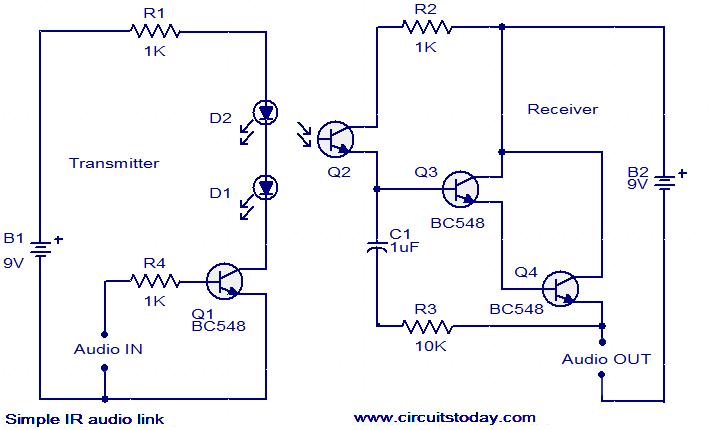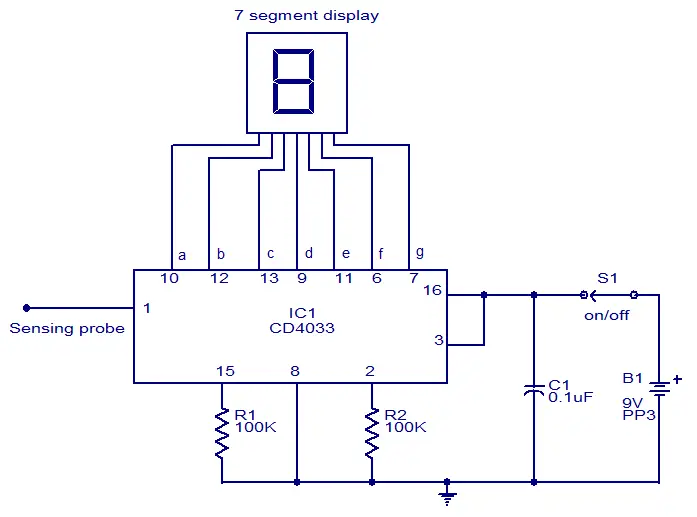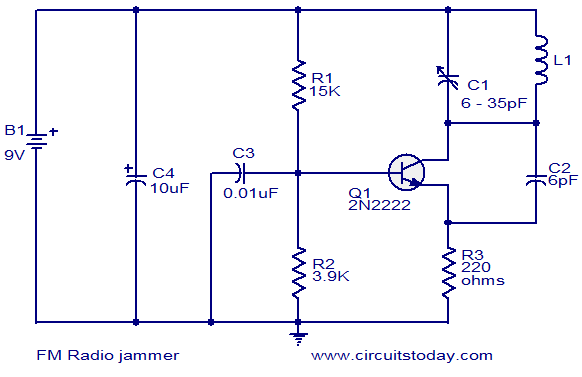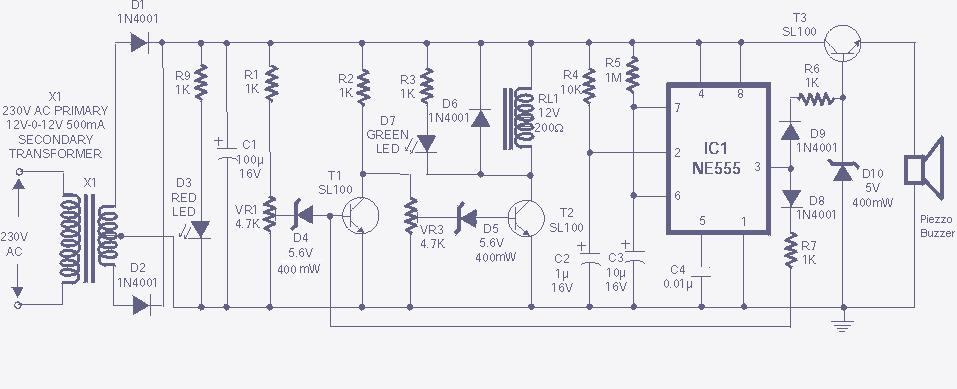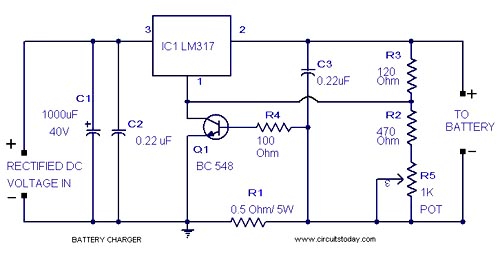This article has multiple issues. Please help improve the article or discuss these issues on the talk page.
* It needs to be updated. Tagged since September 2008.
* It is in need of attention from an expert on the subject. WikiProject Computing or the Computing Portal may be able to help recruit one. Tagged since November 2009.
PCI Express
Year created: 2004
Created by: Intel, Dell, IBM, HP
Supersedes: AGP, PCI, PCI-X
Width in bits: 1-32
Number of devices: Two devices, with one device each on each endpoint of the connection. PCI Express switches can be used to create multiple endpoints out of one endpoint to allow sharing of one endpoint with multiple devices.
Capacity Per lane:
* v1.x: 250 MB/s
* v2.0: 500 MB/s
* v3.0: 1 GB/s
16 lane slot:
* v1.x: 4 GB/s
* v2.0: 8 GB/s
* v3.0: 16 GB/s
Style: Serial
Hotplugging? Yes, if ExpressCard or PCI Express ExpressModule
External? Yes, with PCI Express External Cabling
PCI Express (Peripheral Component Interconnect Express), officially abbreviated as PCIe (or PCI-E, as it is commonly called), is a computer expansion card standard designed to replace the older PCI, PCI-X, and AGP standards. PCIe 2.1 is the latest standard for expansion cards that is available on mainstream personal computers.[1]
PCI Express is used in consumer, server, and industrial applications, as a motherboard-level interconnect (to link motherboard-mounted peripherals) and as an expansion card interface for add-in boards. A key difference between PCIe and earlier buses is a topology based on point-to-point serial links, rather than a shared parallel bus architecture.
The PCIe electrical interface is also used in a variety of other standards, most notably the ExpressCard laptop expansion card interface.
Conceptually, the PCIe bus can be thought of as a high-speed serial replacement of the older (parallel) PCI/PCI-X bus.[2] At the software level, PCIe preserves compatibility with PCI; a PCIe device can be configured and used in legacy applications and operating systems which have no direct knowledge of PCIe's newer features. In terms of bus protocol, PCIe communication is encapsulated in packets. The work of packetizing and depacketizing data and status-message traffic is handled by the transaction layer of the PCIe port (described later). Radical differences in electrical signaling and bus protocol require the use of a different mechanical form factor and expansion connectors (and thus, new motherboards and new adapter boards).
